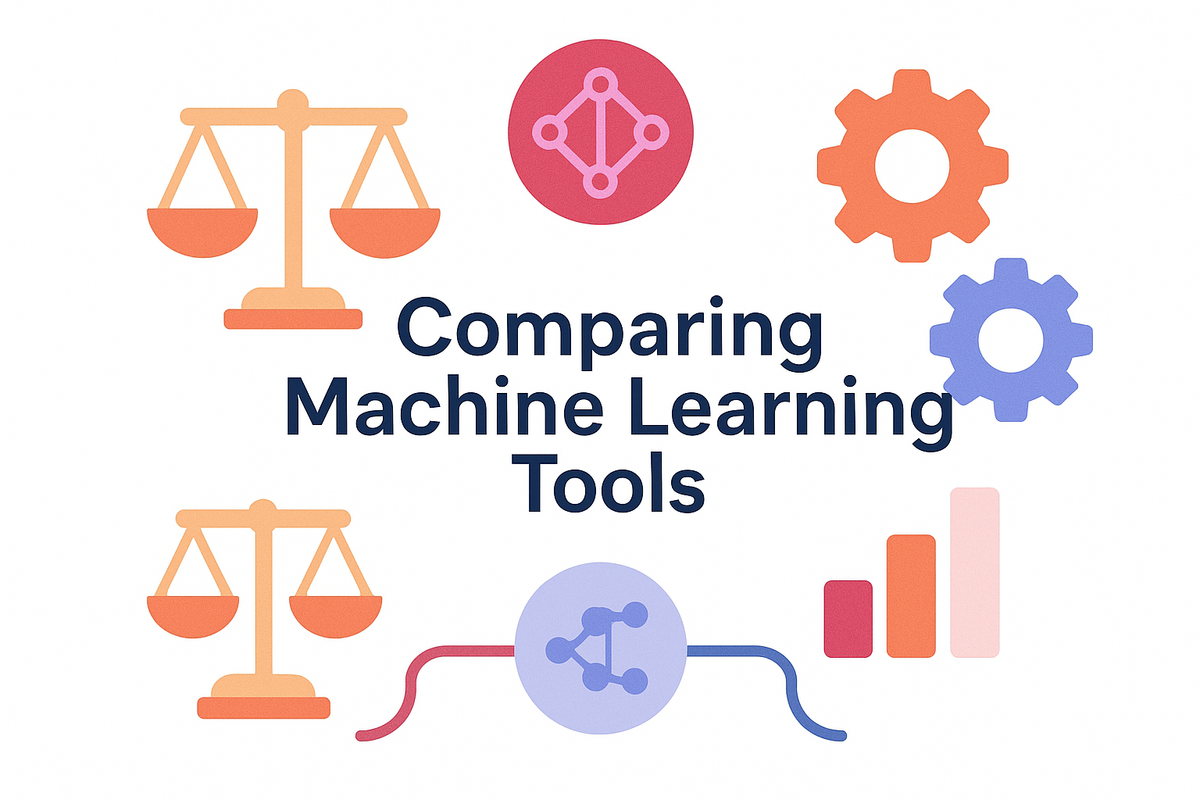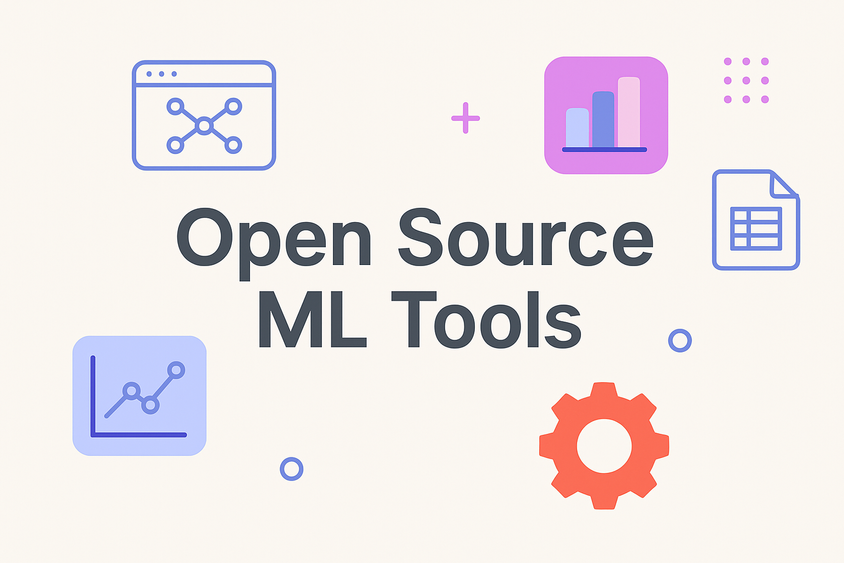How to Compare Machine Learning Tools (Without a Giant Spreadsheet)

Choosing the right machine learning tools can feel like shopping for a car with 1,000 spec sheets and no test drives. You’ve got endless feature lists, overlapping capabilities, and bold claims, but little clarity on what actually matters.
That’s why this post focuses on how to compare ML tools, not which ones to choose. Instead of a side-by-side chart, we’ll walk through what questions to ask, which capabilities to prioritize, and how to evaluate tools in the context of your real-world needs.
First, Define What You’re Comparing
“ML tools” is a broad category. Are you comparing:
- End-to-end ML platforms?
- Specialized tools for data labeling, experiment tracking, or deployment?
- Pipeline orchestration frameworks?
- Open-source libraries vs. managed solutions?
Before you compare anything, get clear on the category. Tools built for entirely different stages of the ML lifecycle aren’t useful to evaluate side-by-side.
Core Evaluation Criteria for Any ML Tool
Once you’ve narrowed your category, here are six dimensions worth comparing across options:
1. Flexibility and Modularity
Can the tool fit into your existing stack, or does it require replacing other components? Some tools work great in isolation but fall apart in hybrid environments.
2. Ease of Integration
Does the tool offer native integrations or APIs for your current data sources, compute resources, and model formats? The more painful the integration, the slower your experimentation cycle.
3. Scalability
Does it work just as well for a small proof of concept as it does for a production-grade deployment with millions of predictions per day?
4. Observability and Reproducibility
Do you get full visibility into what changed, when, and why, from data versioning to model metrics?
5. Team Collaboration
Does the tool help technical and non-technical users work together? Or does it create more silos?
6. Governance and Security
What guardrails are in place for compliance, auditability, and secure deployment?
Compare by Fit, Not Feature Count
A tool can check every box but still be wrong for your team. That’s because real-world fit often comes down to:
- Your team’s technical expertise
- Your dominant data modality
- Whether you're experimenting or scaling to production
- How your teams are structured and collaborate
Don’t just ask what the tool can do, ask what it enables you to do better or faster.
Avoid the Feature Comparison Trap
Here’s a secret: most tools in the same category will claim the same features. What actually matters is how well they implement those features—and whether they align with your workflow.
For example:
- “Supports pipelines” could mean anything from basic job queues to full DAG-based orchestration
- “Model monitoring” might include real-time drift detection, or just a dashboard of confidence scores
- “Collaboration features” could be limited to shared access, or they might include review queues and structured feedback loops
Whenever possible, test tools with your actual data and workflows.
Related Reading: A Full Breakdown of ML Tool Types
Not sure where to begin your evaluation? Our complete Guide to Machine Learning Tools breaks down the landscape—from end-to-end platforms to specialized pipeline tools. It’s a great starting point if you’re building your stack or exploring what’s out there.
Conclusion: Good Tools Make Great Teams Better
The best ML tools aren’t just functional, they make your team faster, more consistent, and more confident in their results. That’s especially true in high-stakes tasks like labeling, evaluation, and deployment.
We’ve seen firsthand how the right combination of modular, human-centric tools, like Label Studio, can make machine learning projects more efficient and more accurate. But whether you're labeling data, orchestrating pipelines, or tracking experiments, the right tool is the one that works for your workflow.
Evaluate wisely, stay flexible, and don’t let a comparison spreadsheet be your only guide.
Frequently Asked Questions
Machine learning tools FAQs
What should I consider when comparing machine learning tools?
Start by identifying the category of tool you're evaluating (e.g., platforms, pipelines, labeling tools), then compare based on factors like flexibility, integration ease, scalability, team collaboration, and governance capabilities.
How do I choose the best ML tool for my team?
The best tool is one that aligns with your data types, team structure, and stage of development. Consider what workflows it supports, how easily it integrates, and whether it scales with your needs.
How do open-source ML tools compare to commercial platforms?
Open-source tools provide transparency and flexibility, but may require more effort to deploy and maintain. Commercial platforms often offer faster setup, support, and managed infrastructure.
What’s the most common mistake when comparing ML tools?
Overemphasizing feature checklists and underestimating how tools fit into your specific workflow. A demo or test run is often more informative than a spec sheet.

